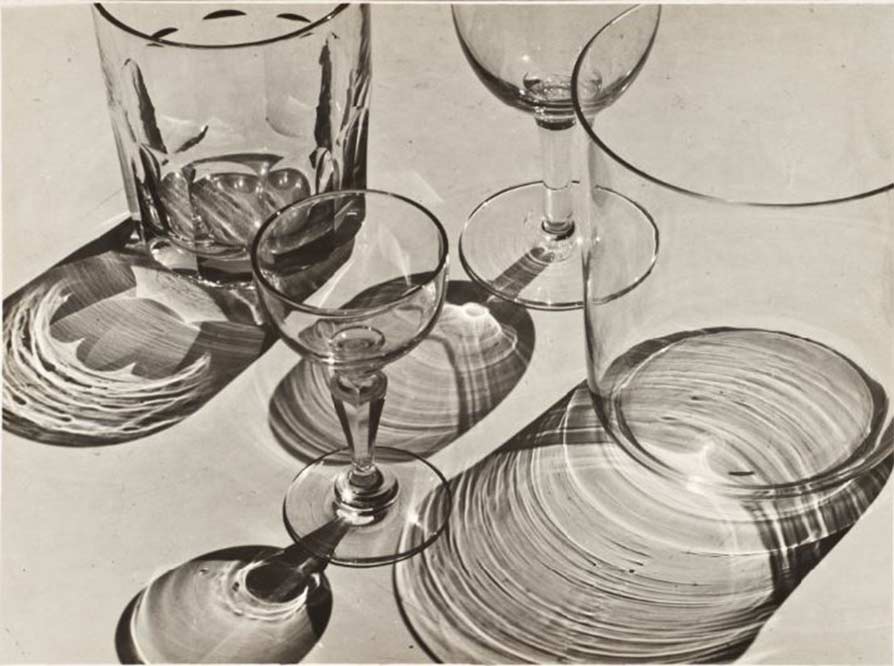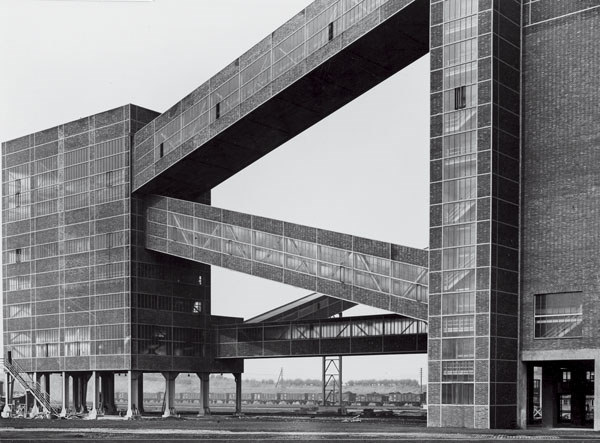The new objectivity was a movement in German art that arose during the 1920’s as a reaction against expressionism. The term was invented by Gustav Friedrich Hartlaub, the director of the Kunsthalle in Mannheim, who used it as the title of an art exhibition staged in 1925 to showcase artists who were working in a post-expressionist spirit. These artists included; Max Beckmann, Otto Dix, George Grosz, Christian Schad and Jeanne Mammen.
Although prinicpally describing a tendency in German painting, the term took a life of its own and came to characterize the attitude of public life in Weimar, Germany as well as the art, literature, music and architecture created to adapt to it.
Albert Renger-Patzsch was a German photographer associated with the New Objectivity. Renger-Patzsch was born in Würzburg, Germany and began making photographs by the age of 12. In it’s sharply focused an matter of fact style of his work exemplifies the aesthetic of the New Objectivity movement that flourished in the arts of Germany.




 I like this work of Albert Renger-Patzsch as it creates a feeling of loneliness or spookiness with the use of Black and White. I really like the building photo as it is a modern architectural structure but the black and white makes it seem a lot older, this is the amazing thing with photography.
I like this work of Albert Renger-Patzsch as it creates a feeling of loneliness or spookiness with the use of Black and White. I really like the building photo as it is a modern architectural structure but the black and white makes it seem a lot older, this is the amazing thing with photography.
I also like his work as it rejects the sentimentality and idealism of a previous generation emerged as a tendency in German art. Renger-Patzsch’s work demonstrates a his sustained interest in the camera’s relationship to the beauty and complexity of the modern world.
